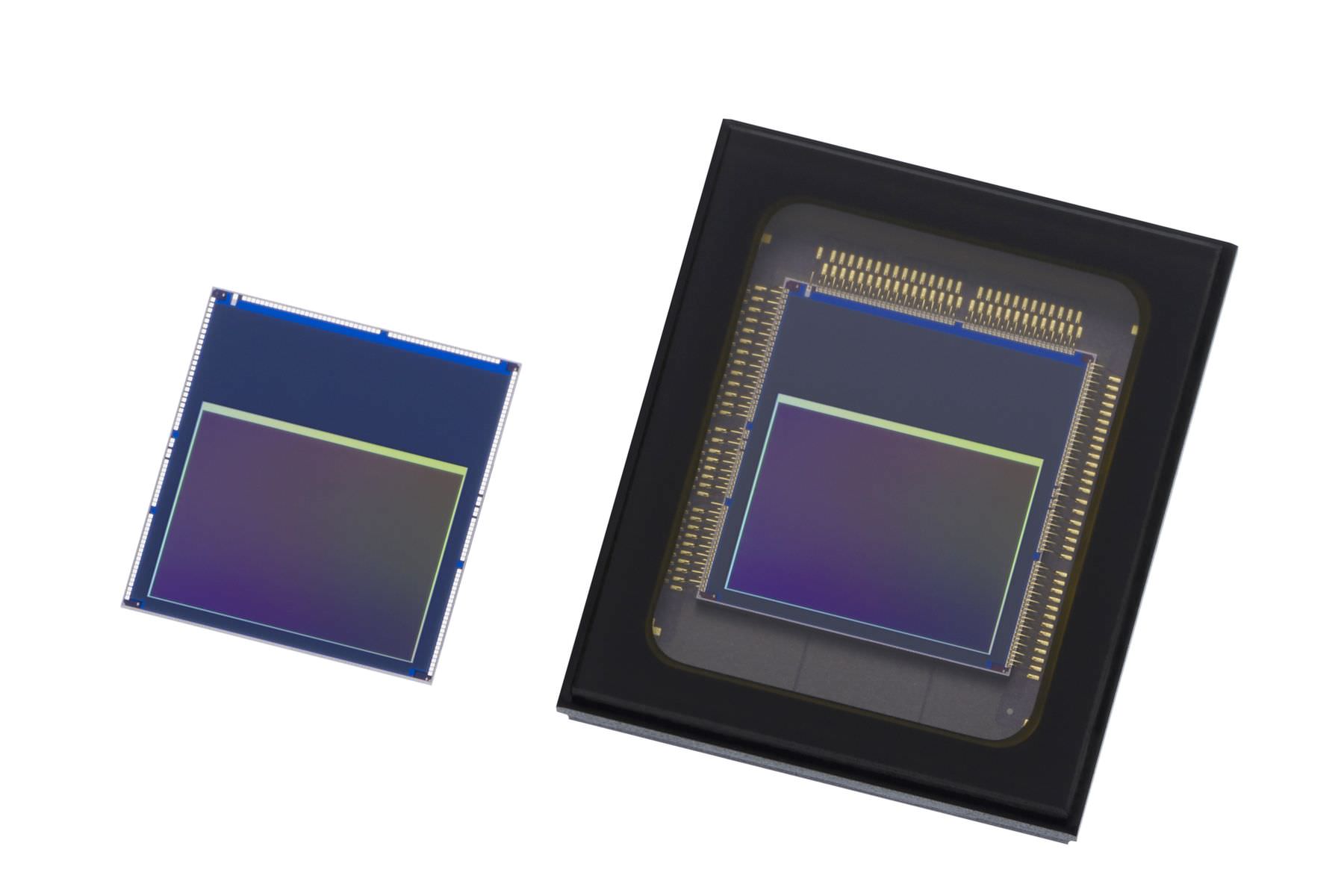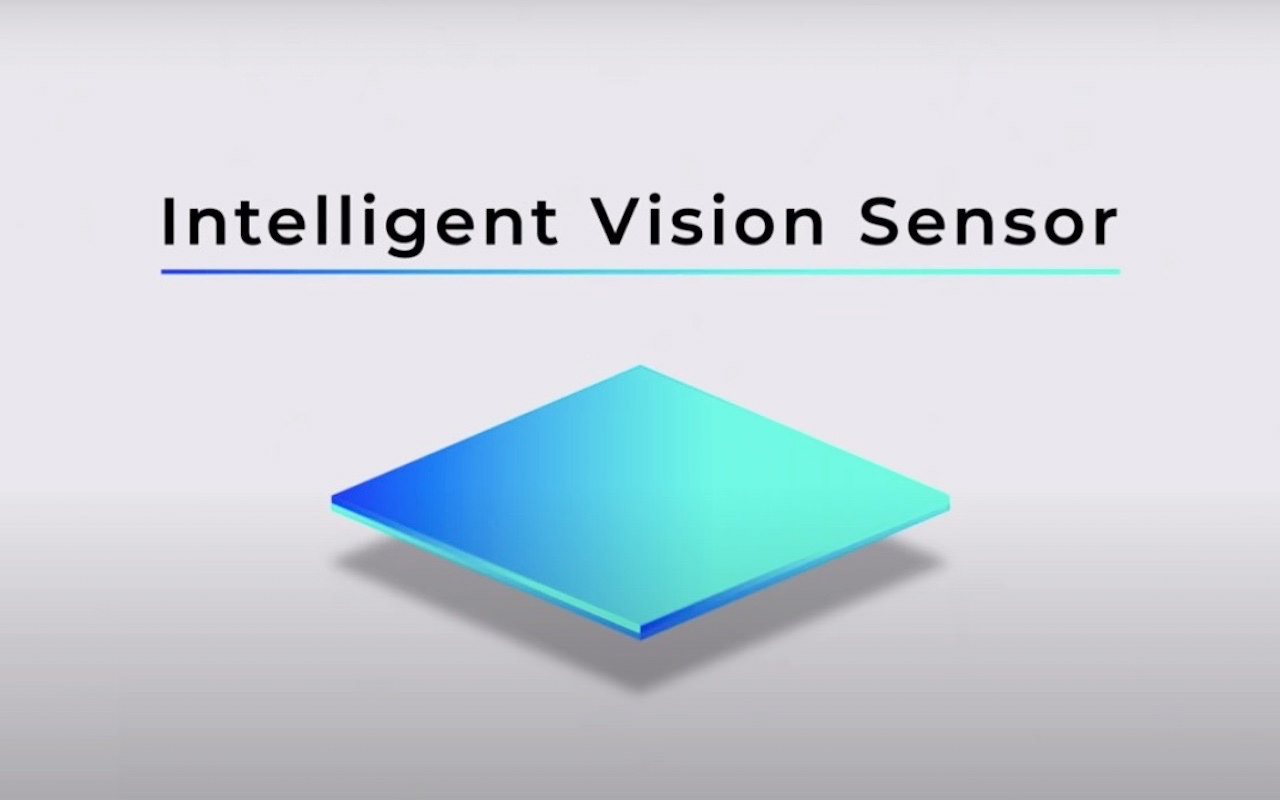Sony to Release World’s First Intelligent Vision Sensors with Built-in AI Processing Functionality
Sony has unveiled two new sensors — the IMX500 and IMX501 — the world’s first image sensors with built-in AI processing capabilities. These sensors can be paired with cloud services, and having built-in AI “reduces data transmission latency, minimizes any privacy concerns, and reduces power consumption and communication costs,” Sony says.
The spread of IoT has resulted in all types of devices being connected to the cloud, making commonplace the use of information processing systems where information obtained from such devices is processed via AI on the cloud. On the other hand, the increasing volume of information handled in the cloud poses various problems: increased data transmission latency hindering real-time information processing; security concerns from users associated with storing personally identifiable data in the cloud; and other issues such as the increased power consumption and communication costs cloud services entail.
The new sensor products feature a stacked configuration consisting of a pixel chip and logic chip. They are the world’s first image sensor to be equipped with AI image analysis and processing functionality on the logic chip. The signal acquired by the pixel chip is processed via AI on the sensor, eliminating the need for high-performance processors or external memory, enabling the development of edge AI systems. The sensor outputs metadata (semantic information belonging to image data) instead of image information, making for reduced data volume, and addressing privacy concerns. Moreover, AI capability makes it possible to deliver diverse functionality for versatile applications, such as real-time object tracking with high-speed AI processing. Different AI models can also be chosen by rewriting internal memory in accordance with user requirements or the conditions of the location where the system is being used.
The pixel chip is back-illuminated and has approximately 12.3 effective megapixels for capturing information across a wide-angle of view. In addition to the conventional image sensor operation circuit, the logic chip is equipped with Sony’s original DSP(Digital Signal Processor) dedicated to AI signal processing, and memory for the AI model. This configuration eliminates the need for high-performance processors or external memory, making it ideal for edge AI systems.
Signals acquired by the pixel chip are run through an ISP (Image Signal Processor) and AI processing is done in the process stage on the logic chip, and the extracted information is output as metadata, reducing the amount of data handled. Ensuring that image information is not output helps to reduce security risks and address privacy concerns. In addition to the image recorded by the conventional image sensor, users can select the data output format according to their needs and uses, including ISP format output images (YUV/RGB) and ROI (Region of Interest) specific area extract images.
“The sensor outputs metadata (semantic information belonging to image data) instead of image information, making for reduced data volume and minimizing any privacy concerns,” Sony says.
“Moreover, the AI capability makes it possible to deliver diverse functionality for versatile applications, such as real-time object tracking with high-speed AI processing. A single type of camera can be used with versatility across different locations, circumstances, times, or purposes. When installed at the entrance to the facility it can be used to count the number of visitors entering the facility; when installed on the shelf of a store it can be used to detect stock shortages; when on the ceiling it can be used for heat mapping store visitors (detecting locations where many people gather), and the like.”
While there are plenty of positive applications for the company’s new image sensors, they could also be used for surveillance and monitoring if installed in CCTV cameras.
Sony has already started shipping test samples of its IMX500 image sensor to early customers and the company expects products that use the sensor to be available early next year.
More info on Sony’s website.




